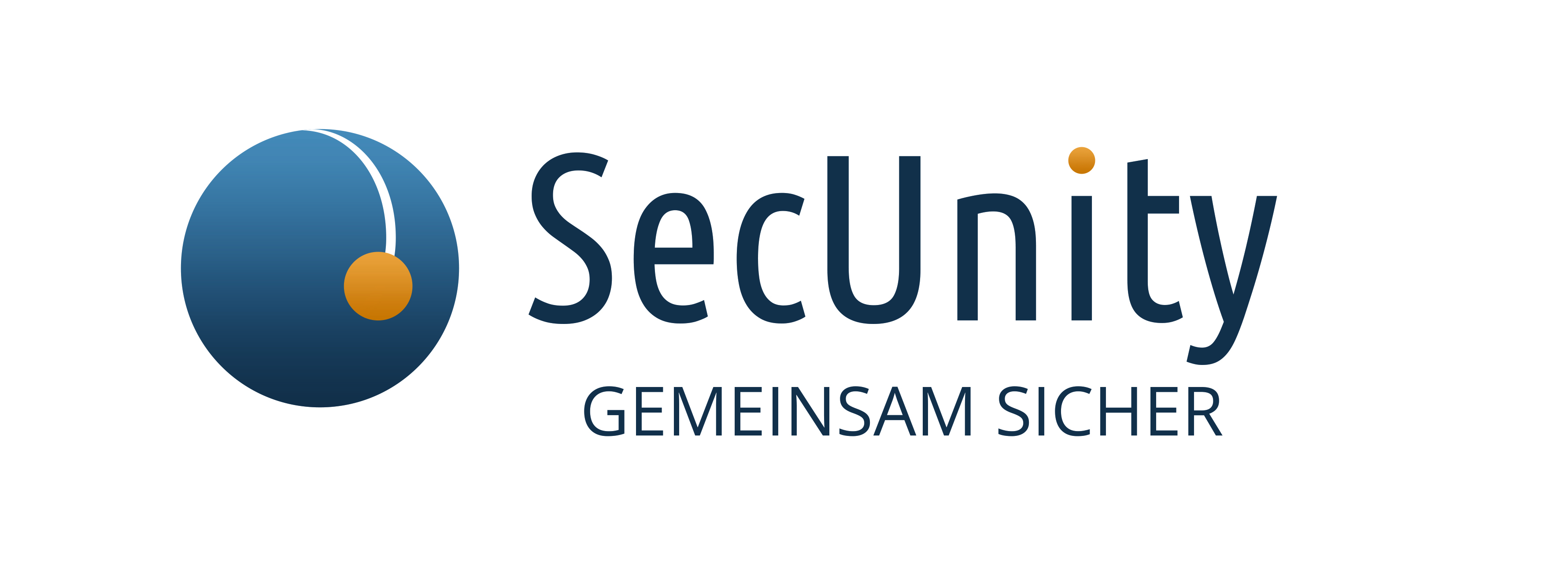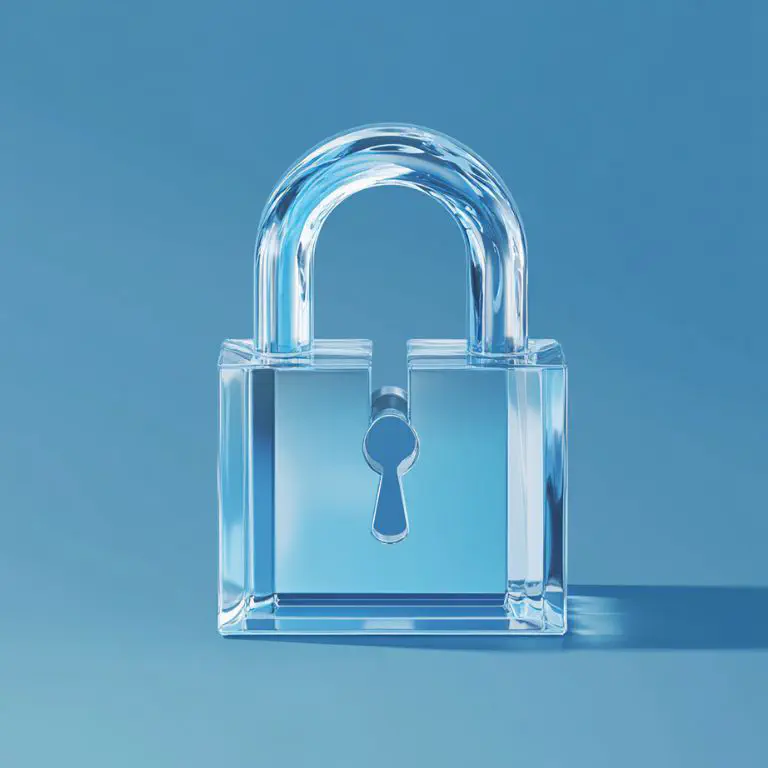
- Company: SecUnity GmbH
- Industry: IT Security Managed Services
- Location: Germany

With SeaTable to faster and better decisions #
Specialized software for invoicing, quotation preparation, ERP or marketing and sales is not uncommon in many companies. Is that a problem? In the vast majority of cases, definitely. It’s the clog on the company’s leg that slows down the digital transformation and prevents modern, data-driven work. This was also the experience of the northern German IT security service provider SecUnity . After introducing SeaTable as a central database and management tool for almost all business areas, the team gained a better understanding of the available data and decisions were made faster and based on data. The company ignited the productivity turbo.
We spoke to Stephan Lehniger, CEO of SecUnity, about his experiences.

Stephan Lehniger, CEO SecUnity
SeaTable: Mr. Lehniger, first of all: Would you recommend SeaTable to others?
Stephan Lehniger: Absolutely - in fact, we not only recommend SeaTable, we also work as external consultants, as idea providers and as operators of SeaTable environments for customers and want to expand this business.
ST: Why don’t you briefly introduce your company? What do you do?
SL: Gladly, I am the founder and managing director of SecUnity. We offer managed security services for IT environments. Basically for customers of any size and in any country.
ST: We already know that you use SeaTable very intensively. Can you briefly describe the specific areas in which it is used?
SL: We currently use SeaTable in all areas of the company. With the exception of our ticket system, our instant messaging system and our e-mail communications, there is currently no process, no communication, no daily routine that is not based on SeaTable. When new topics come up, new needs arise, we now first consider whether the whole thing can be implemented with SeaTable before we start looking for a third-party solution.
ST: What was the situation like before SeaTable? Which tools did you use?
SL: Before the introduction of SeaTable, we used different tools for each type of process within SecUnity. For example, merchandise management software for preparing quotations, invoicing, documentation systems, systems for organizing between colleagues, etc. The challenge was that we maintained all the data in different systems, which made it increasingly difficult to merge the data. We were simply maintaining the same data in too many places. All systems and processes were decentralized and each colleague maintained the information in an individual format. As a result, we had a dimension of different documents with different versions.
For me as Managing Director in particular, there were simply too many programs that forced us to adapt to them, to force our processes into their structures, instead of the programs adapting to our company. As a result, our processes did not run efficiently and developments progressed much more slowly than we are currently able to. Above all, the individuality that we need for our core business could not be mapped in any other tool in exactly the same way as we can in SeaTable today.
ST: How did you become aware of SeaTable?
SL: Through a recommendation from a former colleague from the Schwerin area. His company had tested SeaTable in order to organize in-house ISO certification and certification tests. I was increasingly dissatisfied with our organization and was looking for a flexible platform that would allow us to start from scratch and consolidate our processes.
ST: There are many different reasons for choosing software. What was the deciding factor for you?
SL: From my point of view, three points were decisive: the very easy start, the fact that we were able to see results quickly, and we also built up trust very quickly through our contact with SeaTable as a company in Germany. We simply had the feeling that we could grow together with the company and that our interests were really being heard. Especially in view of the fact that we process a lot of critical data and sensitive customer data with SeaTable, SeaTable’s support in operating our own instance** in our company was very helpful.
ST: How quickly were you actually able to switch over? Did the implementation take a long time?
SL: On the contrary, the implementation process was extremely fast, but this was primarily due to the fact that I, as the managing director, had the decision-making power to say that we had to restrict our processes to SeaTable very quickly and we didn’t have to set up long demo environments in-house before making a decision.
ST: Were there any challenges during the introduction?
SL: Yes, but primarily in the minds of the individual employees and colleagues, who first had to learn to think “SeaTable”. It is a very flexible platform with which almost any process, any data collection and processing, any organization, any overview is possible. But you also have to have the creativity and imagination to be able to put this into a table format. New employees, on the other hand, start directly in our SeaTable ecosystem. During their induction, they have not yet experienced anything else with us and are therefore able to familiarize themselves with the system very quickly.
ST: Rethinking your own processes and familiar structures and setting them up flexibly can be quite challenging, you’re right. How did you manage this changeover?
SL: As the management, my main task was to look at how the data should be structured; the responsibility of the individual divisions and departments was then to define for themselves how certain processes should run. In accounting, for example, we completely redesigned the overall accounting process, rebuilt it over time and, with the help of SeaTable automation and the possibilities within the Universal App in particular, structured it completely differently and expanded it efficiently in a completely different way than we had been able to before.
ST: Where do you still see a need for SecUnity?
SL: We currently use SeaTable in all areas of the company. As I said, our ticket system, our e-mail communication and our live chat are solutions that we do not currently have in SeaTable. All other areas that are currently developing in our daily operations - for example change management, marketing, social media maintenance and more complex project management - are all topics that we are expanding bit by bit. In short: using SeaTable in other areas of the company is hardly possible. But SeaTable will have to grow massively with us in the coming years; hopefully it will grow with us as we would like it to.
ST: What has the introduction of SeaTable actually improved? Have there been measurable changes?
SL: We have measurable improvements in the company in that the ratio of administrative staff to project staff, which is our core business externally, has decreased. This is not because we have cut jobs, but because SeaTable has made us much more efficient in administrative terms and we are growing more in the technical area than in administration. At the same time, the number of processes, the requirements for individual processes, individual steps and the complexity of individual processes have increased significantly. We are therefore creating more work - more efficiently and faster - with proportionally fewer staff.
We see qualitative changes above all in the quality of our work with our customers. For example, we had tested various project management solutions and found no tool that was at the level of performance we had in the company at the time. The systems were either far too complex or far too future-oriented. We simply hadn’t reached that point internally yet. Or the systems were simply too inflexible for us to work with them effectively at that point. With SeaTable, we were able to set up project management exactly the way we needed it and it has been growing with us every month ever since. We have several customizations per month and the system grows with the skills of our staff as well as the complexity of our client projects.
ST: It’s clear that you have a very positive attitude towards SeaTable, but finally, how satisfied are you? What do you think we could do better?
SL: We are extremely satisfied with SeaTable over the past months and years. We are impressed with how the product is developing. We are impressed that the development from China is interested in the feedback from Germany and that this is being implemented. Especially in view of the fact that we want to implement very individual solutions. Every employee has a different ideal of how they would like to work with data. One with tables, the other with web apps, the next with statistics. We benefit greatly from the fact that we can process data flexibly and individually with each other at any time and also process it separately from each other, but we also realize that this networking of data within SeaTable requires a lot of resources.
Synchronization between data sets in particular takes a considerable amount of time. If SeaTable were to be further developed in such a way that data could be linked together even faster and automated processes could trigger directly in the system without the need for automation tools, SeaTable would certainly be of interest to many more customers as a stand-alone solution.
ST: Mr. Lehniger, thank you very much for the interview.
TAGS: Workflows When Excel Is No Longer Sufficient Project Management Customer Relationship Management Accounting Collaborative Work
